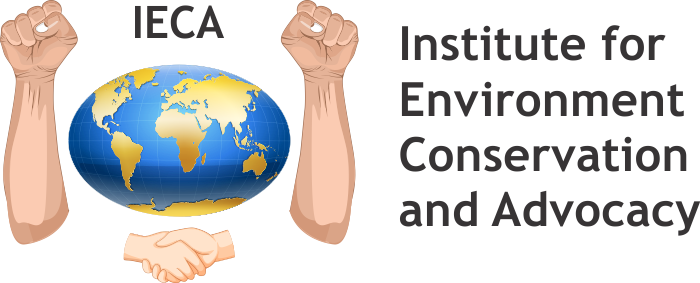Implementing environmental management services in educational institutions involves developing and implementing strategies to minimize environmental impacts, promote sustainability, and comply with regulations. Here's how to establish effective environmental management services in educational institutions:
- Environmental Policy: Develop an environmental policy that outlines the institution's commitment to environmental stewardship, sustainability, and compliance with relevant laws and regulations. Ensure that the policy is communicated to all stakeholders and integrated into institutional practices and decision-making processes.
- Environmental Management System (EMS): Implement an EMS framework, such as ISO 14001, to systematically identify, assess, and manage environmental impacts and risks within the institution. Establish procedures for monitoring, reporting, and continuous improvement of environmental performance.
- Environmental Audits and Assessments: Conduct regular environmental audits and assessments to evaluate the institution's environmental performance, identify areas for improvement, and ensure compliance with environmental regulations. Assessments may cover areas such as energy usage, waste generation, water consumption, air quality, and pollution prevention.
- Waste Management: Develop a comprehensive waste management plan that includes strategies for waste reduction, recycling, composting, and proper disposal. Implement waste segregation systems, provide recycling bins, and promote waste reduction initiatives such as paperless offices and reusable materials.
- Energy Conservation: Implement energy conservation measures to reduce energy consumption and greenhouse gas emissions. Upgrade lighting systems, install energy-efficient appliances and equipment, optimize heating, ventilation, and air conditioning (HVAC) systems, and promote energy-saving behaviors among staff and students.
- Water Management: Implement water conservation measures to minimize water usage and promote efficient water management practices. Install water-saving fixtures, repair leaks, implement irrigation systems, and educate staff and students about the importance of water conservation.
- Pollution Prevention: Implement pollution prevention measures to minimize environmental contamination and reduce the release of pollutants into air, water, and soil. Implement spill prevention and response plans, hazardous materials management procedures, and pollution control technologies as needed.
- Green Procurement: Adopt green procurement policies and practices to prioritize the purchase of environmentally friendly products and materials. Consider factors such as product sustainability, recycled content, energy efficiency, and eco-label certifications when making purchasing decisions.
- Environmental Education and Training: Provide environmental education and training programs for staff, students, and other stakeholders to raise awareness about environmental issues, promote sustainability practices, and foster a culture of environmental responsibility within the institution.
- Community Engagement: Engage with the local community, government agencies, environmental organizations, and other stakeholders to collaborate on environmental initiatives, share best practices, and promote sustainability beyond the institution's boundaries.
By implementing environmental management services in educational institutions, we can promote environmental sustainability, reduce environmental impacts, and inspire future generations to become responsible stewards of the environment.

 Call :
Call :